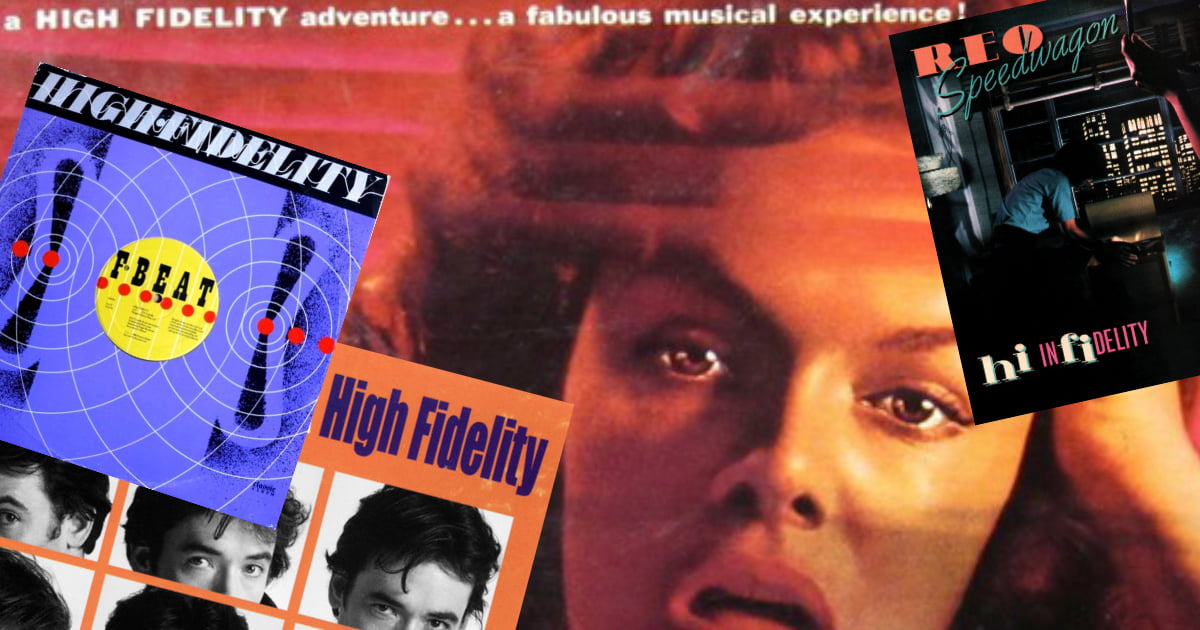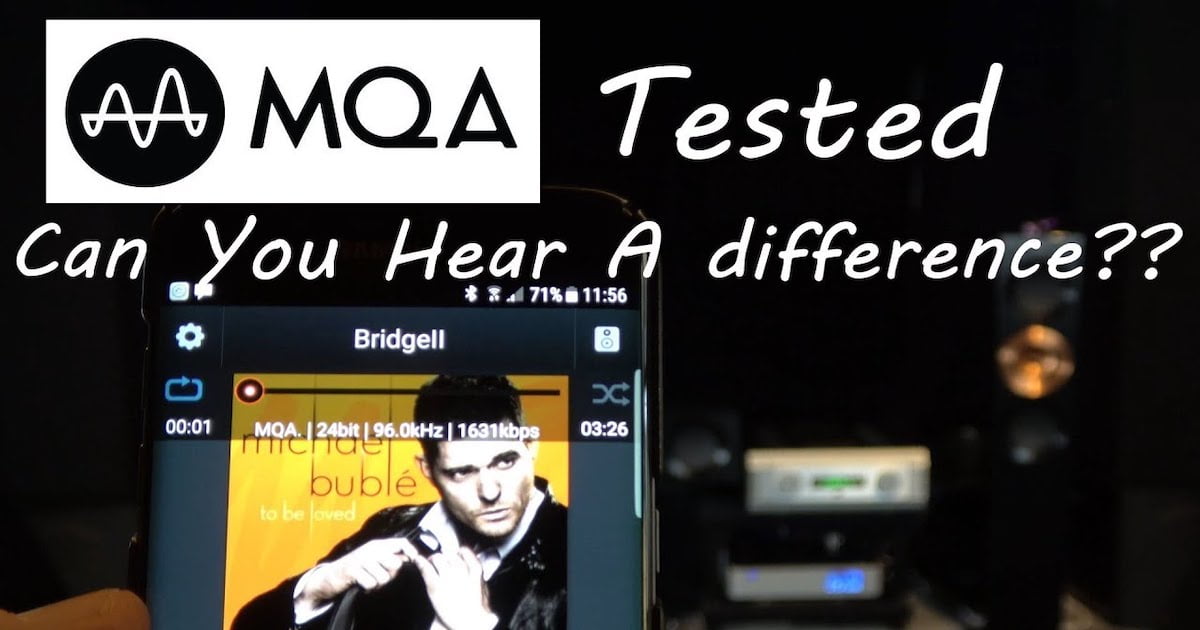It’s the time of year for saving money!
 Many of you might know that I am active on social media these days, participating in a number of music enthusiast groups. Every now and then something happens there which kind of drops my jaw a little bit, giving me pause to consider the big picture of what is going on in the world of audiophiles and consumer electronics in general. I had one of these moments recently from a follower of one of my feeds who has been very engaged and “into” my posts. In response to a post, this person asked a very genuine and innocent question regarding two words boldly displayed on the cover of an old LP record album.
Many of you might know that I am active on social media these days, participating in a number of music enthusiast groups. Every now and then something happens there which kind of drops my jaw a little bit, giving me pause to consider the big picture of what is going on in the world of audiophiles and consumer electronics in general. I had one of these moments recently from a follower of one of my feeds who has been very engaged and “into” my posts. In response to a post, this person asked a very genuine and innocent question regarding two words boldly displayed on the cover of an old LP record album.
The question was, simply: what does high fidelity mean?
 Now I have no idea of the demographics of this individual and it doesn’t matter but the question made me think about how significantly times have changed in the world of audio. Have we perhaps reached a ground zero point where the language of sound, that was once household vernacular, has faded from public consumption?
Now I have no idea of the demographics of this individual and it doesn’t matter but the question made me think about how significantly times have changed in the world of audio. Have we perhaps reached a ground zero point where the language of sound, that was once household vernacular, has faded from public consumption?
The other day I did a little experimental post on my Facebook feed asking people what they thought the words high fidelity meant. And beyond the inevitable comedic chain pullers and the few old-school music buffs providing near scientific definitions there was indeed a remarkable sense of confusion.
So what does this mean for the audio industry? Well my study is not scientific but I also know that a lot of people that are on my page tend to be music fans.

So, in a way, it is perhaps a little alarming the lack of clarity for what so called “high fidelity” sound is about.
Quite a number referred to the movie of the same name and referenced an album by a midwestern rock band (thus the title of this article). Others offered sincere analogies, explanations and memories of what high fidelity meant to them.
And I guess this is where the disconnect may lie: everyone has a different idea of what its about. I’m not even going to try to define it here.
Perhaps that is ultimately a good thing, at least with regards to enticing people to buy new audio equipment. I mean, in effect, the slate has effectively been wiped clean, what with relatively low fidelity MP3s leading to certain popular streaming services which don’t sound especially good.

The new generation is in effect listening to the modern day equivalent of AM radio. I know that some companies have no doubt realized this but I think more need to embrace this sea change. I see many entities still using this language to describe their products. I don’t think it is bad terminology but it may be lost on many consumers these days.
Ultimately this represents an opportunity for the industry to step up and try to educate the public as it steps up from their single point smart speakers to something richer, more realistic and satisfying. Something more… well… high fidelity!
Years ago I found a curious board game at a garage sale from the 1950s with the now ludicrous title and objective: Park and Shop.

It was a game created to acclimate consumers with the then-new concept of shopping malls. I even wrote about it on my old LiveJournal blog (click here). Now I’m not saying that the audio industry should make a board game (although a CE version of Monopoly might be cool for insiders) but it does underscore the sort of creativity marketers considered back in the day when trying to engage a new era of consumer.
It’s time to think long term. In the past we had leading voices from the audio world working together to create a big industry buzz. That has slipped away to other emerging industries such as smart home tech and home healthcare. I don’t think it is too late. There is an opportunity for history to repeat — the legions of young music enthusiasts who have been switching to vinyl from MP3s is a classic example that interest is still there.

Those who invest the time, money and energy toward embracing, enticing and exciting the next generations of audio enthusiasts will reap the rewards.
It’s up to you the manufacturers to take the time to work with knowledgable experts to fine-tune the messaging so that it will appeal to modern audiences. There are some great marketing communications pros such as Sohmer Associates, Caster Communications and even independent freelancers like myself to help fine tune and finesse your messaging (note that I typically don’t write about technology; in order to avoid conflicts of interest, I only review music).
It is time for the industry to redefine what high fidelity means today.









